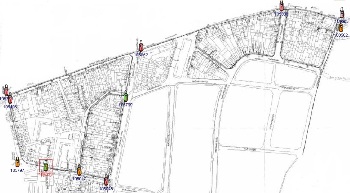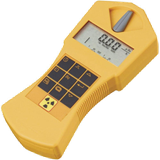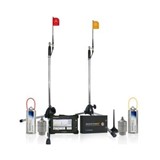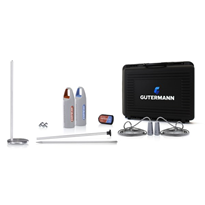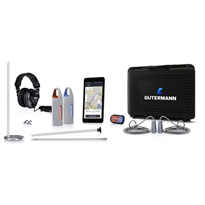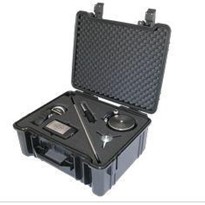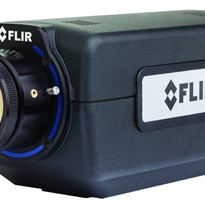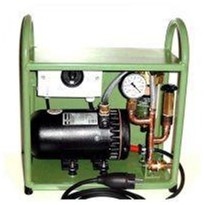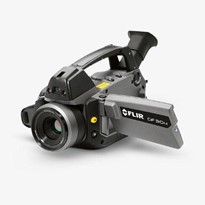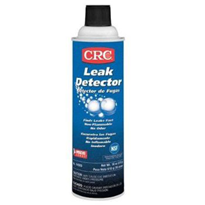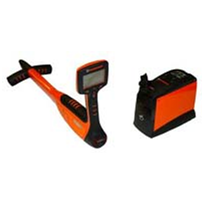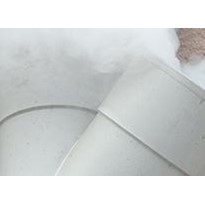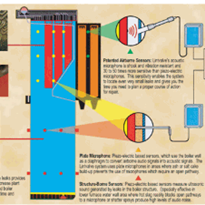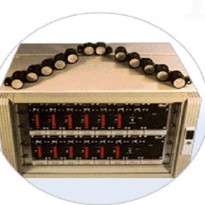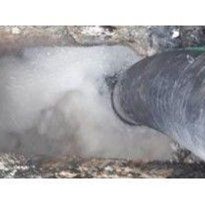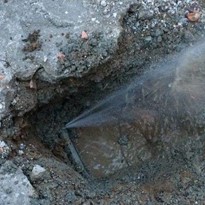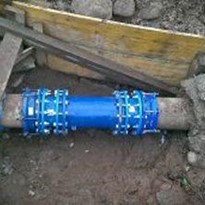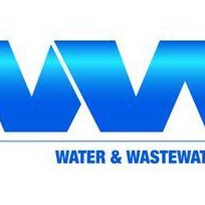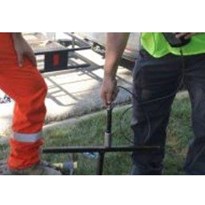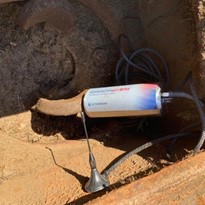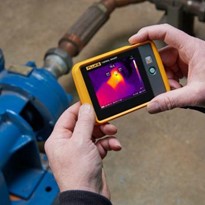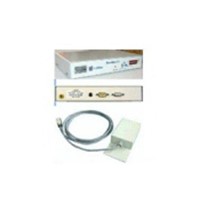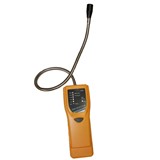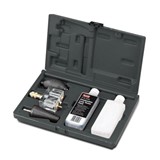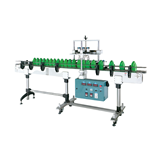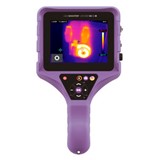The main reason for this is that the pressures are much lower, background noise is greater and PVC piping is used extensively. The sound of a leak is a mechanical vibration travelling along the pipe wall, which is created by the water escaping through the pipe rupture. The faster the speed of the escaping water creates a larger mechanical vibration which equates to a larger sound, at a higher frequency. So when the pressure is reduced, the noise level is reduced which makes it particularly challenging to find leaks in very low pressures. In addition to the quiet noise from low pressure we find that PVC pipe has very poor noise propogation properties, reducing the distance the leak noise travels. The increased background noise found in busy cities or suburbs where many people have a guard dog, can drown out the sound of the leak and make manually sounding meters and fittings impossible.
The aim of this paper is to share leak detection experiences in Asia to assist companies in the process of developing an Active Leakage Control Plan. The experiences in this paper are drawn from Andrew Clark and Julian Wilkinson’s experiences in Vietnam, Malaysia and the Philippines.
Experiences from Vietnam
The world bank recently set about performing a study to prove the effectiveness of acoustic leak detection equipment in very low pressures on pvc pipe. The study was performed in Hanoi, where the pressures are typically 4 – 6 Metres during the day and upto about 9 metres at night. The world bank naturally choose what they believed to be the best equipment, to maximize the chance of success on this study. All of the equipment selected was from a Swiss company called Gutermann, whom are specialists in water leak detection, as this is all they do and have been in business for sixty years. This equipment comprised of Zonescan Correlating leak noise loggers, an Aquascan 610 leak noise correlator and an Aquascope 3 ground microphone with electronic listening stick.
A small area, about four square Km, was selected and 11 Zonescan loggers were deployed for a week to identify areas of leakage. Figure 1 shows the layout of the area, where the loggers were deployed and where the leaks were found.
Finding the valves to deploy the loggers on, was quite challenging and some of the distances between loggers were over 200 meters.
Downloading the results was much slower than usual, as the streets were so narrow and congested it was impossible to drive a vehicle around to collect the results using the radio link.
During the course of the week 22 leaks were found, these ranged from leaking water meter connections, leaking service connections and leaks on the main. The leaking water meters only leaked during the middle of the night when the pressure was highest.
The Zonescan results in Figure 2 show that the acoustic loggers identified the constant sound of many leaks in this low pressure PVC system, one as far away from the logger as 75 meters.
The correlation results to locate the position of the leak were very poor quality, despite being quite accurate. In a good correlation we expect the dominant peak to be several times greater than the other peaks, this is why the quality of the correlation shown in Figure 3 is considered to be poor quality. The long distance between loggers of 111 meters will effect the quality of the correlation.
In addition to finding leaks with the Zonescan Correlating leak Noise loggers, Leaks were found with the Aquascope 3 ground microphone and electronic listening stick. The correlating and pinpointing all had to be done at night during a small window of about 2 hours when the system was pressurized.
Within one week the reduction in minimum night flow from this trial in an area smaller than 7 football fields was sufficient to save 1 Olympic Size Swimming pool every 7 days.
The Team of engineers representing the world bank were impressed by the high performance of the Gutermann acoustic equipment.
Experiences from the Philippines
A demonstration in a low pressure system in the Philippines proved that the Zonescan loggers could perform high quality correlations in low pressure systems, even when there were several leaks in the immediate area. The peak pressure in this system was 10 metres, a similair pressure to the study in Hanoi, however the main difference is that these loggers are much closer together (approx 65 meters apart).
Experiences from Malaysia
So switching to somewhere a little closer, SATU is the water supply providing water to the Malaysian city of Kuala Terengganu, located on Malaysia’s picturesque East Coast. SATU manage an extensive network of water pipework, with a total of 285 KM of reticulation pipe, supplying a population of 360,000. There is a mixture of PVC, AC, and Cast Iron pipe, with all the Communication Pipes being PVC.
SATU have made a big commitment to tackling NRW, with leak detection high on their agenda. They purchased acoustic loggers that log leak noise to identify the constant sound of a leak and correlate the sound signal to provide a leak position, accelerating the leak localization and location process. In addition to purchasing Acoustic Correlating Loggers for each of their seven districts, they purchased correlators and Ground Microphones for each district too.
Together with our Premier Amalgamated our distribution partner, we provided the seven teams at Kuala Terengganu with extensive training over a six month period to develop their leak detection skills.
Savings
Looking at this graph showing the NRW figures for Bukit Depu we can see that when the leak detection activities started in July 07, there was a steady reduction in NRW from 45% to 19% over a period of 5 months. I am sure there are many people in this room that have districts with high NRW figures and would like to make reductions like this after a few months of hard work.
Number of Leaks Found
The results in this table show the number of leaks found in each DMA for one district. As they commenced their leak detection activities they were finding over 100 leaks a month and over time, as expected we see the number of leaks found reduce. From these results it is clear to see that once this equipment is purchased leaks can be found immediately and produce an immediate benefit to your NRW figures.
Manpower has been the limiting factor, with the recent increase in work load on the operations engineers now having to set up 90 district meter areas with flow meters, pressure / flow loggers and PRV’s as well as performing leak detection activities on top of their normal duties, leak detection has not been given the priority it should have. In essence the leak detection activities have not really commenced, they are using what little free time they have to deploy loggers to survey and locate leaks when ever they can.
The CEO is committed to reducing NRW and has found the use of contractors to perform the leak detection surveys a vital way of maintaining the momentum of their NRW project. Contractors are being used in a couple of districts to survey using acoustic loggers and pinpoint the leaks with ground microphones.


